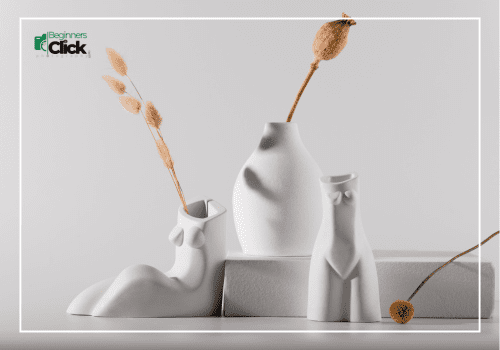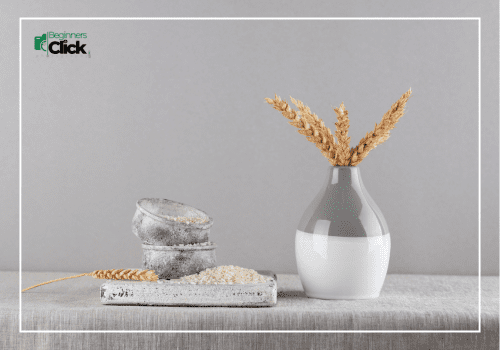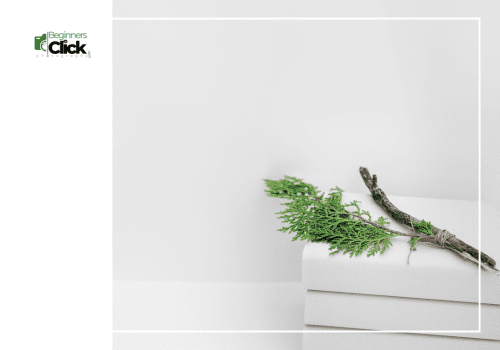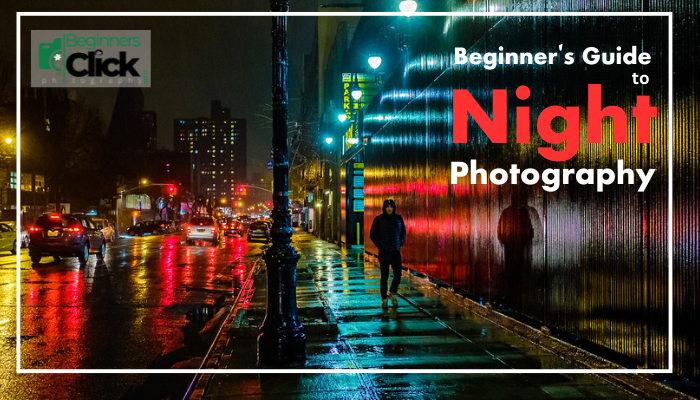Ever taken a photo and thought, “Why does this look so different from what I saw with my eyes?” That’s usually a white balance problem. Cameras don’t see the world like our eyes do. While your brain adjusts automatically to different lighting conditions, cameras rely on white balance to interpret colors correctly.
Getting white balance right can turn an “okay” photo into something stunning. It ensures that skin tones look natural, skies look blue, and indoor lighting doesn’t make your friends look like orange aliens. In this guide, I’ll walk you step by step through how to set up white balance in any situation—whether you’re shooting outdoors, indoors, or experimenting with creative moods.
Table of Contents
ToggleAuto White Balance (AWB) – Your Safety Net
For beginners, Auto White Balance (AWB) is like a best friend who always has your back. Most modern cameras do a great job of adjusting colors automatically.
- When to use it: Changing light conditions, quick snapshots, travel photography.
- Pros: Saves time, usually accurate, great for unpredictable lighting.
- Cons: Sometimes struggles in extreme lighting (like neon lights or golden hour sunsets).

Personally, I used to avoid AWB because I thought it was “lazy,” but over time I realized it’s a lifesaver when you’re unsure. It allows you to focus on composition and capturing the moment without worrying about color casts.
Preset White Balance – Quick and Easy
If you’re new to photography, white balance can feel a little confusing at first. Different lighting conditions can trick your camera, making colors look strange or unnatural. That’s why cameras come with Preset White Balance options—like Daylight, Cloudy, Shade, Tungsten, Fluorescent, and Flash. Think of these as ready-made shortcuts that help your photos look natural and balanced in different lighting situations. Now let’s break down when to use each preset, what it does, and when you might want to avoid it.
Daylight
Use When: Bright sunny days, outdoor shoots.
Effect: Keeps colors natural without adding extra warmth or cool tones.
Pro Tip: Perfect for landscapes and portraits in natural sunlight.
Avoid: Golden hour or sunset shots—because it can reduce the natural warmth of the scene.
Cloudy
Use When: Overcast days or soft light conditions.
Effect: Adds a touch of warmth to cancel out the cool blue cast.
Pro Tip: Works beautifully in landscape photography, making greenery and skies look more vibrant.
Avoid: If you’re going for a cool, moody tone, skip this preset.
Shade
Use When: Shooting in shaded areas, like under trees or buildings.
Effect: Shadows often appear bluish—this preset warms them up.
Pro Tip: Great for street photography or candid shots in shaded spots.
Avoid: In direct sunlight—it can make photos look unnaturally reddish.
Tungsten (Incandescent)
Use When: Indoors with warm yellow/orange bulbs.
Effect: Corrects the warm cast, making skin tones look natural.
Pro Tip: A lifesaver for indoor portraits.
Avoid: Outdoors in daylight—it will make your images look overly blue.
Fluorescent
Use When: Under fluorescent lights in offices, classrooms, or stores.
Effect: Neutralizes the green/blue tint that fluorescent lighting creates.
Pro Tip: Very useful for indoor product photography.
Avoid: In warm lighting (like candles or tungsten bulbs), as it will distort colors.
Flash
Use When: Using a built-in or external camera flash.
Effect: Balances the cool light from the flash.
Pro Tip: Ideal for party photography or events where flash is sudden and unavoidable.
Avoid: In mixed lighting (flash + tungsten/fluorescent). In such cases, custom white balance works better.
Extra Tips
- Presets are handy shortcuts, but they’re not always 100% accurate.
- In mixed lighting (e.g., window light + fluorescent bulbs), Custom White Balance or Kelvin mode is far more reliable.
- For beginners, presets are an excellent way to reduce guesswork and keep exposure and colors consistent.
Think of presets as shortcuts—they save time and are more reliable than guessing. For me, using the Tungsten preset indoors completely transformed family portraits from orange faces to natural skin tones.
Custom White Balance – Full Accuracy
Sometimes presets just don’t cut it—especially when you’re dealing with mixed or unusual lighting. That’s where Custom White Balance comes in. It gives you precise control over how your camera interprets color, so your images stay accurate and consistent.
How to Set It Up:
- Take a photo of something white or neutral gray (like a gray card or even a plain sheet of paper) under the same light as your subject.
- Go to your camera’s Custom White Balance settings and select that photo as your reference.
- From now on, your camera will use that reference to balance colors for all your shots.

This method is particularly useful when you’re shooting in environments with mixed light sources—like a room with both sunlight streaming in and warm tungsten bulbs overhead. Without custom WB, skin tones might look weird or colors may shift unpredictably. With it, everything stays natural and true-to-life.
I personally rely on custom white balance when photographing products or indoor portraits where accuracy matters most. It may take a minute longer to set up, but the payoff—perfectly balanced colors that don’t need hours of editing later—is worth it every single time.
Kelvin Mode – Creative Control
Once you’ve mastered Auto White Balance and presets, it’s time to step into the world of Kelvin mode—where you get full control over your photo’s color temperature. Unlike presets, which are shortcuts, Kelvin lets you dial in the exact look you want.
How It Works:
- Lower values (3000K–4000K): These cool down the image, reducing warm tones. Perfect for balancing artificial lights or creating a cold, winter-like atmosphere.
- Mid values (5000K–5500K): This is close to standard daylight, making it a safe choice for shooting outdoors in the sun.
- Higher values (6000K–7000K+): Adds noticeable warmth, ideal for enhancing golden hour, sunsets, or cozy indoor lighting.

What I love about Kelvin mode is that it’s not just about technical accuracy—it’s about creative expression. Want to make a snowy scene feel extra crisp and chilly? Dial it lower. Want your portraits at sunset to glow with warmth and nostalgia? Push it higher.
I remember experimenting with Kelvin for the first time during a late-afternoon beach shoot. By slightly increasing the temperature, the sand looked golden, the waves reflected warm tones, and the whole scene felt cinematic. That’s when I realized Kelvin is more than a setting—it’s a storytelling tool.
Tips for Mastering White Balance
Learning white balance isn’t about memorizing settings—it’s about practicing in different situations until it becomes second nature. Here are some tried-and-true tips that helped me (often after making plenty of mistakes):
- Check your histogram and previews: Don’t just rely on the back screen. Look at the histogram and make sure whites aren’t tinted strangely. Skin tones, especially, should look natural.
- Experiment in different lights: Try AWB, presets, and Kelvin in the same location and compare the results. You’ll quickly see how each changes the mood of the photo.
- Shoot in RAW: If there’s one golden rule, it’s this. RAW files give you the freedom to fix white balance during editing without damaging image quality. JPEGs won’t be as forgiving.
- Trust your eyes: Your camera is smart, but it’s not perfect. Step back, look at the actual scene, and compare it with your preview. If it feels off, adjust.
- Keep notes: Write down which settings worked best in different conditions—sunset, indoor bulbs, cloudy skies. Over time, you’ll build your own cheat sheet.
Mastering white balance isn’t an overnight process. But every wrong color cast teaches you something new, and every correction brings you closer to developing your photographer’s intuition.
Take Control of Your Colors
White balance is more than just a camera setting—it’s a tool that gives you control over how your photos feel. Whether you’re shooting a sunny landscape, a cozy indoor portrait, or experimenting with creative color moods, understanding how to set white balance will drastically improve your images.
Start simple with AWB, explore presets for specific situations, use custom white balance for tricky lighting, and graduate to Kelvin mode when you’re ready to shape the mood of your photos creatively. The more you practice, the more confident you’ll become in translating what you see with your eyes into your images.
Remember, perfect white balance doesn’t just correct colors—it helps you tell a story with your photography. So experiment, make mistakes, and let the light guide you.
Recommended Tools for Perfect White Balance
Achieving accurate white balance is crucial for professional-looking photos. While in-camera presets work sometimes, using dedicated tools can make a huge difference. Here are some of the products I personally recommend for photographers at all levels:
1. JJC 4″ x 5.2″ White Balance Card Set
Why it’s useful: This handy set comes with gray, white, and black cards. Using these cards, you can instantly set a custom white balance on your camera and ensure consistent colors across your shots. Ideal for both indoor and outdoor photography.
User Experience: I’ve used this on multiple shoots, and it significantly reduces color correction work in post-processing. The cards are durable, easy to carry, and don’t reflect unwanted light.
Check it out here
2. ExpoDisc v3 Professional White Balance Filter
Why it’s useful: This is a circular filter that goes directly on your lens. It allows for precise white balance readings in any lighting situation, even tricky mixed light.
User Experience: It’s perfect for wedding and event photographers. Once you place it on your lens and set your custom white balance, colors look natural and consistent straight from the camera.
Explore it here
3. Pixiss 4-in-1 Color Reference Card
Why it’s useful: This compact card provides multiple color references and grayscale patches. It’s great for both still photography and video, helping to maintain accurate colors.
User Experience: I keep this in my camera bag. It’s easy to use on-the-go and saves time in post-processing by providing a consistent color baseline.
See it here
4. Anwenk Gray Card 18%
Why it’s useful: A simple gray card is one of the easiest ways to set your custom white balance. The 18% gray ensures your camera gets a neutral reference point for accurate color.
User Experience: Lightweight and portable, perfect for travel and outdoor shoots. Using this card has noticeably improved my skin tones in portraits.
Check it out here
5. RENIAN Grey/White Card Kit
Why it’s useful: Includes both gray and white cards for precise balance. It’s particularly useful in mixed lighting conditions.
User Experience: Durable and well-made, this set has become a staple for studio photography. Colors come out natural without heavy post-editing.
Explore it here
Tips for Perfect White Balance
Use these cards at the start of your shoot to set a custom white balance. This saves hours in post-processing and ensures consistent, professional results.
Set Custom White Balance at the Start
Always place your gray or white card in the scene and set your camera’s custom white balance before you start shooting. This ensures colors are accurate from the get-go.Use the Card Under the Same Light
Make sure the card is exposed to the same lighting as your subject. Using a card in a different light source can result in incorrect balance.Avoid Shadows on the Card
Shadows can confuse your camera’s sensor. Hold the card so that it receives even, soft light, free from strong shadows or reflections.Shoot in RAW Format
Even with custom white balance, shooting in RAW gives you flexibility to fine-tune colors later without losing quality.Check Different Light Sources
In mixed lighting (e.g., sunlight + indoor light), take a reference shot with the card for each major light source to keep colors consistent.Re-Calibrate if Lighting Changes
If clouds move, indoor lights turn on, or your location changes, reset the white balance using the card. Small changes in light can significantly affect color.Use Both Gray and White Cards
Gray cards are best for neutral exposure and white balance, while white cards help ensure true whites in your composition. Use them together for precise results.Keep the Card Clean
Smudges, dust, or fingerprints can alter the color reference. Keep your cards clean and store them in a protective case.

